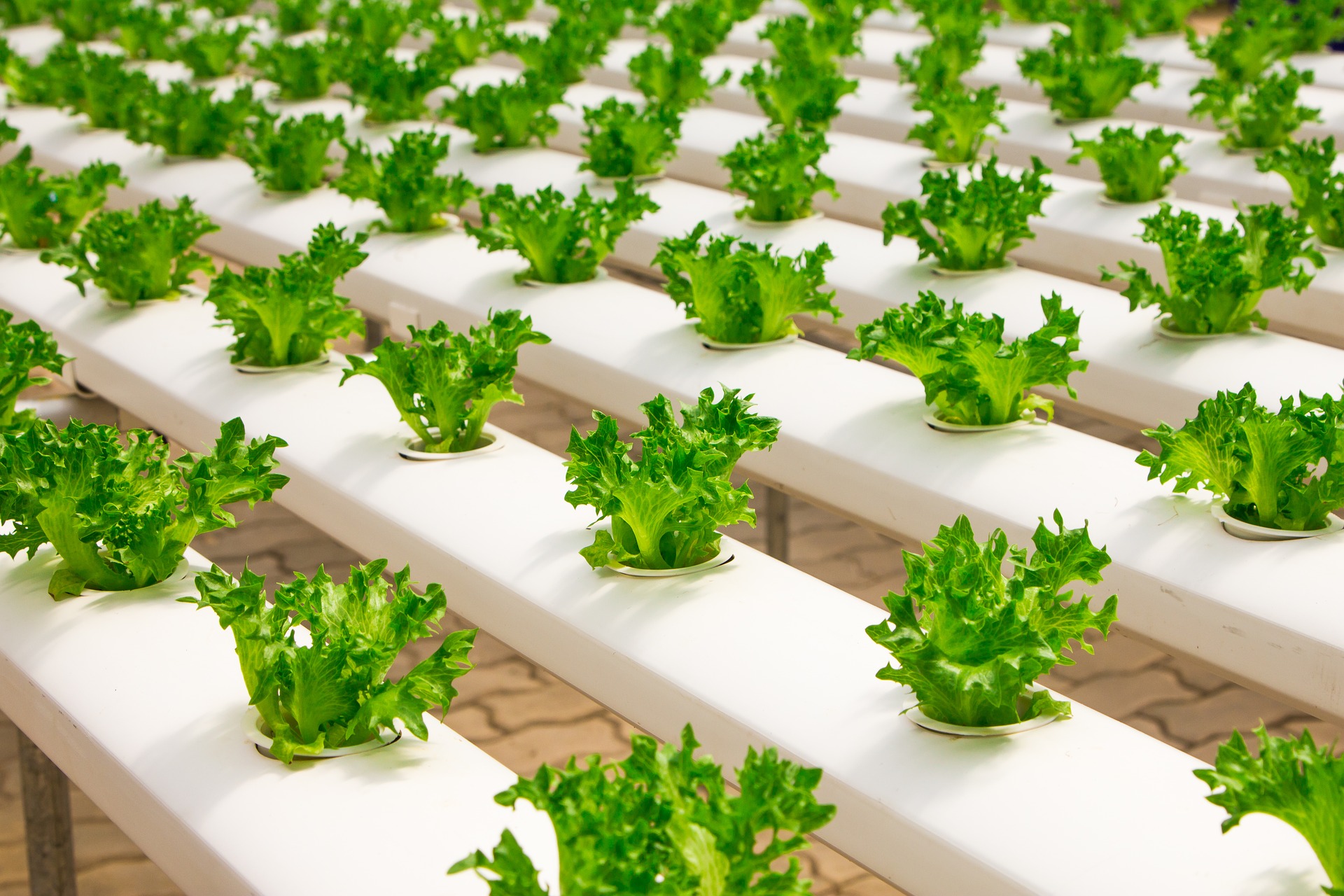Key Agritech Trends To Expect In 2022
To feed the growing global population, estimates suggest we’ll have to increase food production by as much as 68 percent by 2050. And that’s not the only challenge; there’s also the fact that the middle-class population is growing, which generally brings with it increased demand for meat over grains, legumes, and wheat. Satisfying this demand for more food – and, most likely, more meat – presents a huge challenge for our already struggling planet, especially when you consider that the food system accounts for 26 percent of total global greenhouse gas emissions. (Agriculture, forestry, and land use make up 18.4 percent of this, while the rest is down to things like packaging, refrigeration, and transport.)
Embracing new farming methods could help the agriculture industry reduce its environmental impact while still increasing productivity. While previous evolutions in farming have largely been driven by mechanical improvements (namely, bigger, better machinery) or genetic advances (better seed, more effective fertilizers, etc.), the next big transformation is being driven by digital tools. For example, we have:
Automation – including the use of robots, drones, and autonomous tractors to make farming more efficient. · Precision farming – which involves applying irrigation, fertilizers, and pesticides at variable rates, depending on the needs of crops, rather than uniformly applying them at set times, quantities, and frequencies.


